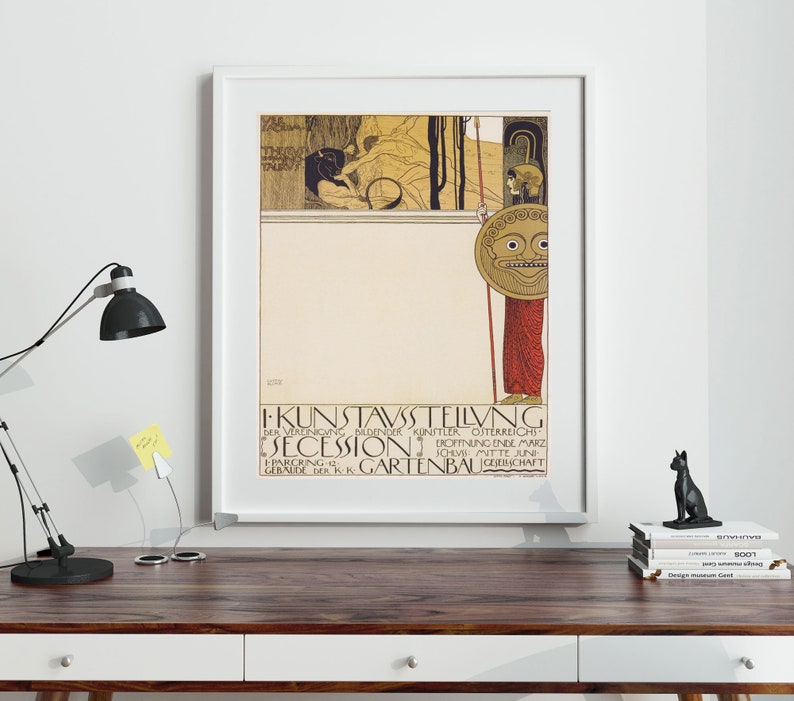

However, he continued to work on commissions by the Vienna University for a series of ceiling murals. In 1900, his work Philosophy was exhibited at the Secession where it received strong protest.Īfter 1900 Klimt concentrated mostly on portraits and landscapes, composing one of his most prominent works, Roses under the Trees (c. The Art Nouveau movement favored organic lines and contours. This style was recognized as an International revolt against the traditional academic art style. His work was categorized as “art nouveau”. Klimt became the group’s first president.īy that time Klimt developed his own characteristic style, which became the trademark of the movement. These were a group of artists dedicated to challenging the conservative Academy of Fine Arts. In response to this criticism, Gustav Klimt founded with other artists, in 1897, the Vienna Secession. These murals, however, eventually faced much criticism for their fantastical imagery and their bold, decorative style. They received numerous commissions from theaters, museums and other institutions. They specialized in mural paintings, and were quite successful from the beginning. In 1882, Klimt opened a studio, Company of Artists, with his brother Ernst. Klimt showed artistic promise at a young age, and had formal art training at the Vienna School of Decorative Arts from1876 to 1883. His father, Ernst Klimt, was a gold engraver with an unsuccessful business, and his family lived in poverty. He received much criticism for his deviation from artistic tradition with the obsession with such taboo subjects as the female form and eroticism.īorn on Jin Baumgarten, Vienna, Gustav Klimt was second eldest of seven children. The curatorship of the exhibition is ensured by Alfred Weidinger, curator of the Belvedere museum in Vienna.Gustav Klimt is remembered for his highly controversial, yet strongly admired, works. The exhibition shows over 180 works taken from the collections of the Belvedere museum in Vienna, as well as from private collections. Gustav Klimt, The Beethoven Frieze, detail, 1902Ī final section of the exhibition is devoted to Viennese art forms and to complex reconstructions of works and of rich historical documents, witnesses to the genesis and to the evolution of great artists and architects of that period, such as Adolf Loos, Josef Hoffmann and the Viennese Studio. The exhibition shows important masterpieces from the Secession and from the Austrian vanguard, such as the first works by Egon Schiele and Oskar Kokoschka. A very particular attention is furthermore paid to the first years of the Secession and to the influence it exercides on the artist‘s formation through the major Viennese intellectuals, such as Carl Schuch, Tina Blau, Théodor Hörmann, Josef Engelhart, Max Kurzweil, who, just like him, spent time in Paris at that period. © Belvédère, ViennaĪ group of rare documents regarding the artist’s life, his family and his brothers Ernst and Georg, who were also artists, with whom Gustav often collaborated, accompanies the visitor throughout the exhibition. Josef Engelhart, Au restaurant du jardin, 1893.

The core of the exhibition is based on a selection of major works by Gustav Klimt, from his first years of studying until the major works of his golden age, like Judith I (1901) or the Beethoven Frieze, a monumental work, reconstituted to scale and shown for the very first time in France. The exhibition In the Time of Klimt, The Vienna Secession relates in detail that development in Viennese art from the end of the 19th century, beginning of the Viennese Secession, until the first years of Expressionism.

Gustav Klimt, Portrait de jeune fille de face, 1898. That artistic movement is, in fact, at the origin of the birth, a few years later, of one of the major currents in modern art, Expressionism. The artist’s talent and brio, from his precocious start to his excessive decorative effects, where gildings and the emerging expressionism are dominant, are the foundations of a new period, which flowered in Vienna at the turn of the century. Gustav Klimt‘s part in the emerging of that movement is a major one. The Pinacothèque de Paris, in partnership with Arthemisia Group and 24 ORE Cultura – Gruppo 24 ORE, wishes to examine once again an essential aspect of Art Nouveau, which was developed in Vienna at the start of the 20th century under the name Secession. In the Time of Klimt, The Vienna Secession | Pinacothèque de Paris


 0 kommentar(er)
0 kommentar(er)
